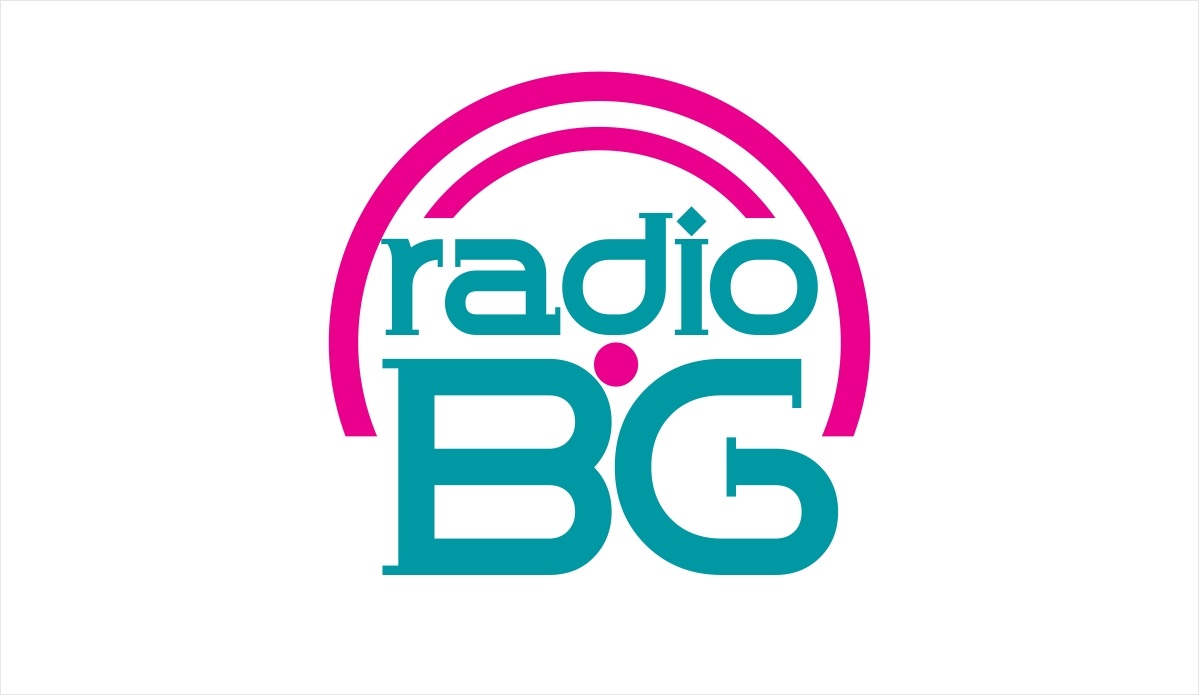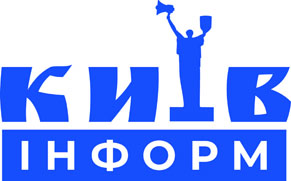
(article)
In modern business, great importance is given to training, continuous improvement of professional skills and obtaining additional knowledge. Only those who pay due attention to this aspect, who strive for constant self-improvement, are able to achieve ultimate success. Therefore, there is nothing surprising in the fact that business trainings are becoming more and more popular every day, with the help of which you can significantly improve the skills of both individuals and the whole team. But what is the secret of successful business coaching? What skills do a good business coach need and what is the overall benefit of training for the company and the team? This is what I will try to make out in my essay.
Qualities and skills that are necessary for successful coaching
In my opinion, the key to a coach’s success is the ability to be an open person and the ability to take care of one’s resource state. I consider these criteria to be the main ones, because the coach works with people. Participants reflect the state of the trainer, this affects the group dynamics and the results of the training. It seems to me important that the trainer enjoys his work – it hooks the participants, inspires them and contributes to the development of their motivation.
One of the key components of the trainer’s work is his speech, it must be clear and legible so that it is easy to perceive information. No less important is the way the trainer accompanies oral speech: facial expressions, gestures, visual design of the training.
For successful work, the trainer needs to understand his place and his importance in the training process. On the one hand, he conducts training – and then he needs to be in the center of attention and be able to attract this attention. On the other hand, a trainer is only an organizer of group processes, so it is important for him not to draw attention only to himself, for this he is guided in his work by the priority of the group, as well as the goals of the training. This approach also determines how the coach should relate to his appearance.
For the effective group dynamics, I guess, it is important for the trainer to create a safe and open atmosphere during the training. At the heart of constructive relationships are the ability to trust others, optimism and self-confidence. It is important for the trainer to be able to take care of the participants – from organizing the space for the training and paying attention to the state of the group (taking breaks on time, monitoring the timing, etc.) to establishing contact with the participants (eye contact, smile, goodwill and empathy are important for this). Active listening and the ability of the trainer to give constructive feedback also contribute to the effective development of participants.
A coach is an inquisitive person who strives for self-development, is interested in new things and loves to share knowledge with other people. To do this, it is important for him to have systemic thinking, the ability to talk about complex things simply and give instructions in an accessible way.
It is worth noting that it is important for a coach to be bold and emotional. This does not mean that he should not be worried about public speaking. But he needs to have the courage to admit his feelings and move on. Imagination, the sense of humor and flexibility are qualities that will help a trainer to make the material interesting and cope with any difficult situation. The imaginative and emotional story told by the trainer will help the participants to remember the material better. The ability of a trainer to adapt to changes in the training process or – globally – to changes in the profession, allows you to maintain not only a productive atmosphere, but also increase the efficiency of processes.
In order for the trainer to be successful, it is important for him not only to be able to work with the group, but also with the customer: to answer the manager’s request and together with him formulate the goals of the training, structure the information received and create a program that will complete the tasks. In addition, the trainer should understand not only the specifics of the training topic, but also pay attention to who exactly he is instructing.
What is effectiveness in the work of a business coach and how can it be measured
If we look at the classic definition of “efficiency”, we will see that this is the ability to achieve the desired result when doing work with the least expenditure of resources (time, effort, money).
Thus, the concept of “efficiency” can be represented as a formula:
Efficiency = Desired result / Spent resources
What is the spent resources in training? These are the resources that the organization, the participants and the trainer spend on organizing the training. And what is the desired result in the training? This is the result that the organization, the participants and the coach are planning to get.
That is, speaking about the effectiveness of training, we are talking about three different aspects:
- Efficiency for the organization;
- Efficiency for participants;
- Effectiveness for the trainer.
Thus, the definition of the effectiveness of training is quite a subjective unit, for the measurement of which it is necessary to refer to the needs of stakeholders, that is, to: what results are the organization, participants and the trainer planning to achieve?
The business coach deals with the needs even before the preparation of the training – at the stage of pre-training research and goal setting. This means that he must agree on the criteria for effectiveness with the organization, participants and himself at the stage of setting goals, clarifying: What will be a good result by the end of the training program and by what criteria will it become clear that the result has been achieved?
The more clearly the business coach initially clarifies the goals and objectives of the training, as well as the criteria for success, the easier it will be to measure the effectiveness of training in the end. There are different models for evaluating the effectiveness of the training. Perhaps the most popular is Donald Kirkpatrick’s model, according to which there are 4 levels of learning assessment:
- The level of reaction (assessment of the attitude of participants to the training and the trainer.): can be assessed using questionnaires, interviews and focus groups with participants, etc.
- The level of “learning” (assessment of the change in knowledge, skills and attitudes of participants after the training.): can be assessed using tests, control exercises, questionnaires “before” and “after”, etc.
- The level of “behavior” (an assessment of how much the participants’ actions have changed after the training, how they use the acquired knowledge and skills): can be assessed by observing the actions of employees, surveys after a week / month, post-training focus groups, etc.
- The level of “results” (assessment of changes in the company’s financial and non-financial business indicators related to the topic of training.): it can be assessed by analyzing financial, marketing, production indicators, personnel quality indicators, etc.
As I see, the readiness of a business coach to evaluate the effectiveness of his training at levels 3 and 4 is an indicator of his professionalism, because an organization ordering training for its employees needs a result, and evaluation at levels 1 and 2 does not guarantee its real achievement.

























































Залишити відповідь